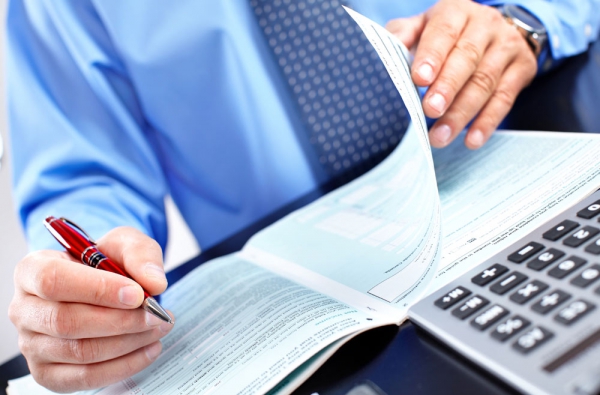Feasibility studies Services
The project data is collected, and then it is analyzed to know the possibility of its execution, reducing risks and profitability of the project. Therefore the extent of success of this project or its loss must be known in comparison with the local market or international market and its needs and the extent of availability of the required resources to execute the project and marketing its production whether it is profitable or not.
After that, a market study should be conducted from local or international reality or both in terms of its needs and requirements by studying the following elements:
1. Market Feasibility Study
- Studying the product or service and its characteristics.
- studying the market rate or lot
- Promotional or sale study for commodity or service in the market.
2. Technical feasibility study.
- Fixed assets needed by the project.
- Merchandise production requirements.
- Merchandise production stages.
3. Financial feasibility study.
- A study of the profitability of the project.
- fund source study
- Financial cost of the project.
Therefore ,the total cost, monthly profit and gross total of the project must be identified in addition to carry out some financial tests to measure the feasibility of the project.
The steps of feasibility study are as follows:
Description of the proposed project: this part provides the name of the project, proposed activities, owners, location, legal form and project’s activities.
1. Market: depends on the size of the market, the volume of sales and services.
2. Staff and its organization: The distribution of roles in the production process is one of the success factors.
3. The needs of the project: any project, whether big or small has certain needs which must be available for of the project success and extract the factors of success or failure of any project ; therefore, the project and production processes must be known in terms of the following:
- What does the production process include from the beginning to the end?
- What are the resources needed, and from where to get them?
- What skills are needed and how they can be learnt?
- Who will buy your products and why?
- What are the problems you may face?
- What are the advises?
To run the project: the following must be considered:
Production: who will be working and what they will be working at and what is the volume of production?
Finance: who will keep the financial transactions and who is responsible for sale and purchasing processes.
4. Identify the costs of the project: either was fixed or changeable.
5. Identify the sale of each unit: identifying the competing prices, and here we must ask the following questions:
- Who are your competitors?
- What is the sale price of their products similar with your products?
- What is the turnover of their sale?
- Is the sale price of your product a good price?

